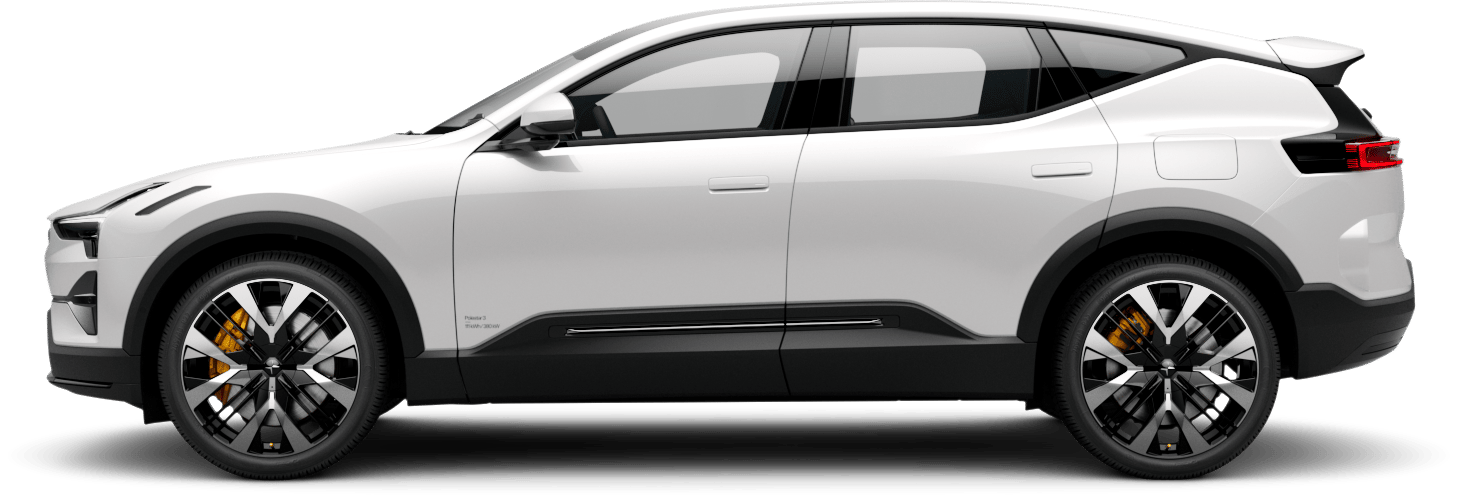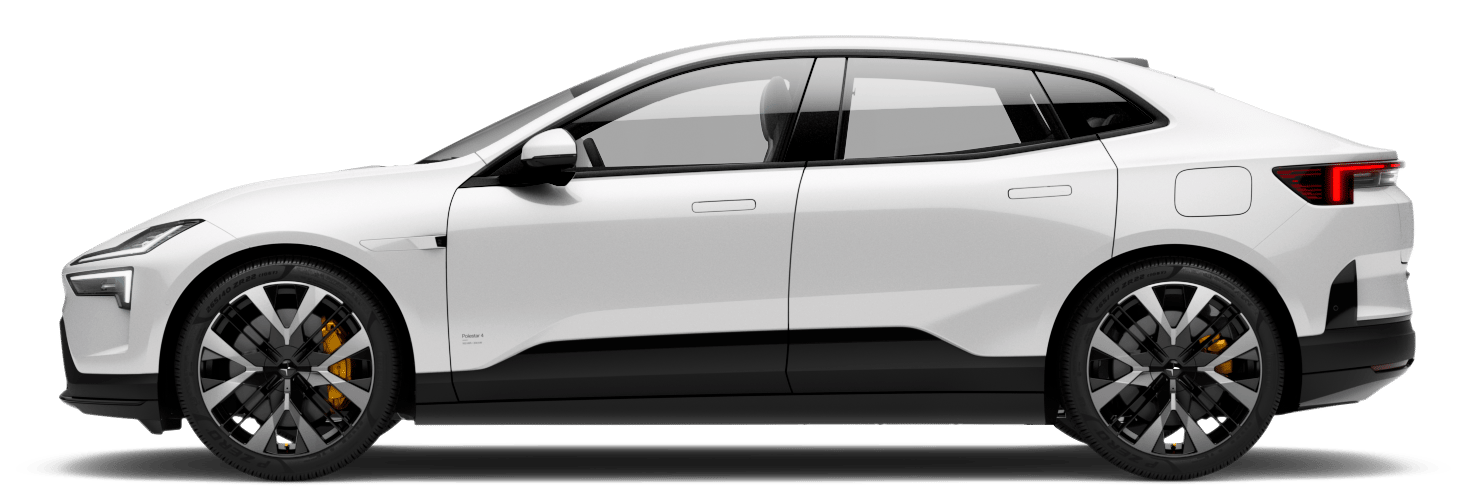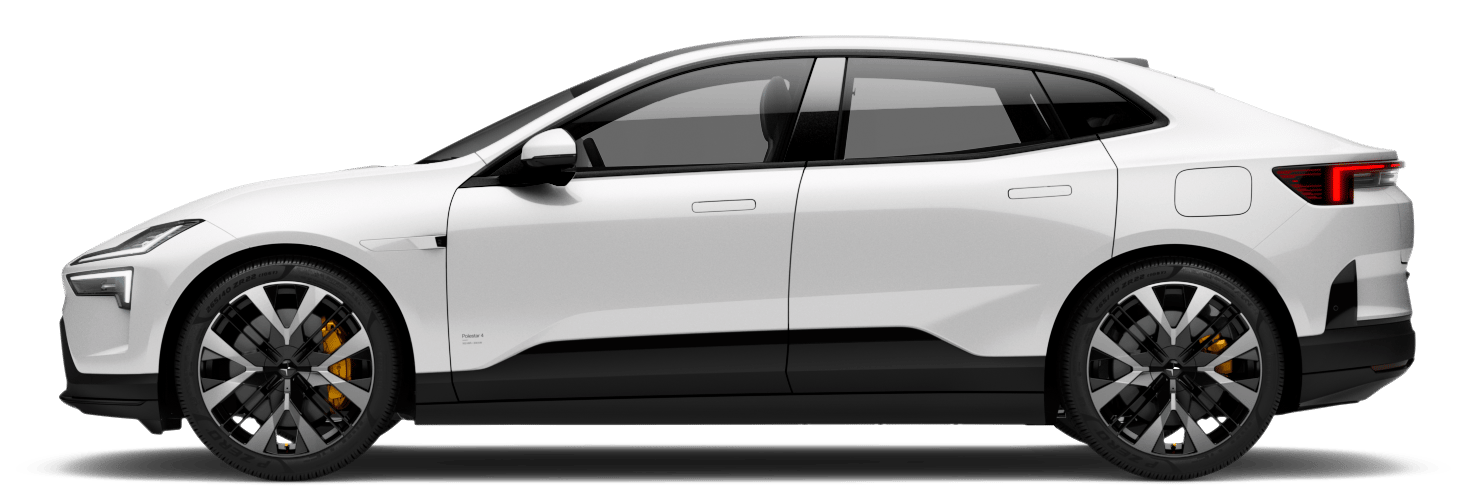Sustainability
Carbon footprint

Polestar 4 life cycle
Material production
From aluminium and steel to plastics, each material category contributes to Polestar 4’s overall carbon footprint, as does the electricity mix used in material production and refining. We aim to continuously reduce the carbon impact and improve the accuracy of our footprint calculations.
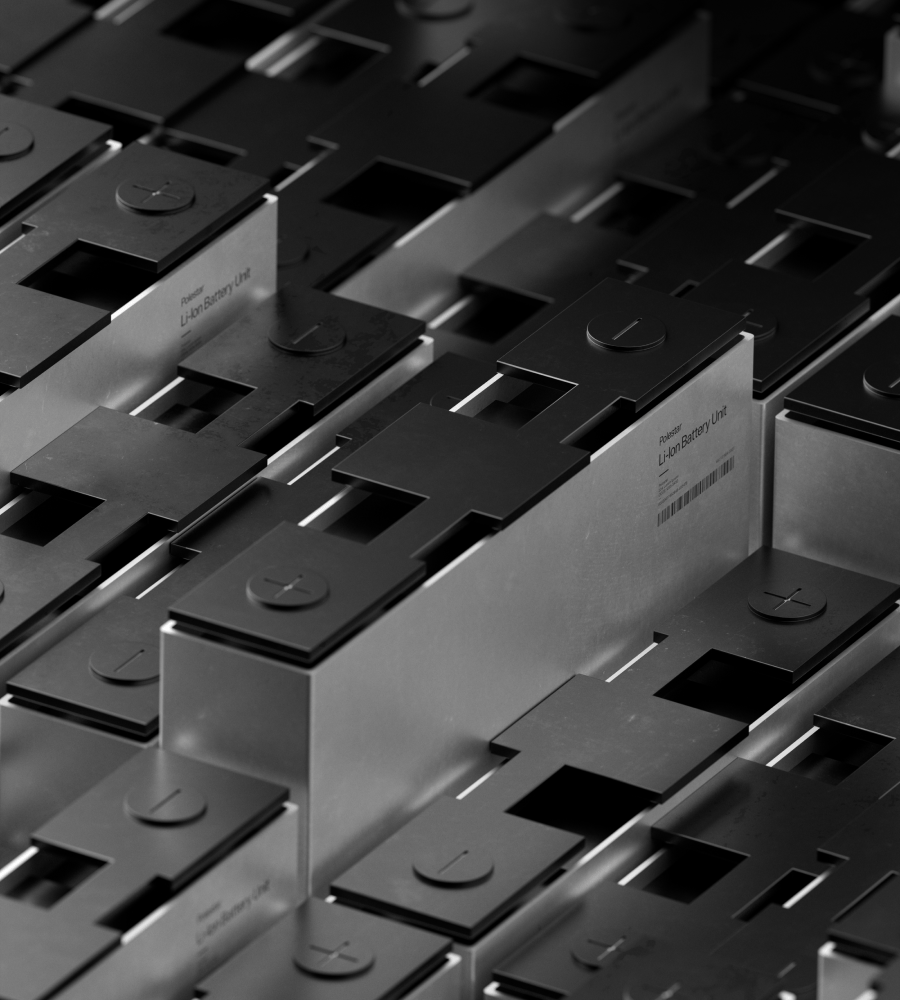
Polestar 4 life cycle
Li-ion battery modules
Factors in the battery’s carbon footprint calculation range from mining operations, to the energy used for cell production, to the aluminium in the battery casing. We aim to further reduce battery carbon footprint with future models and iterations of Polestar 4.
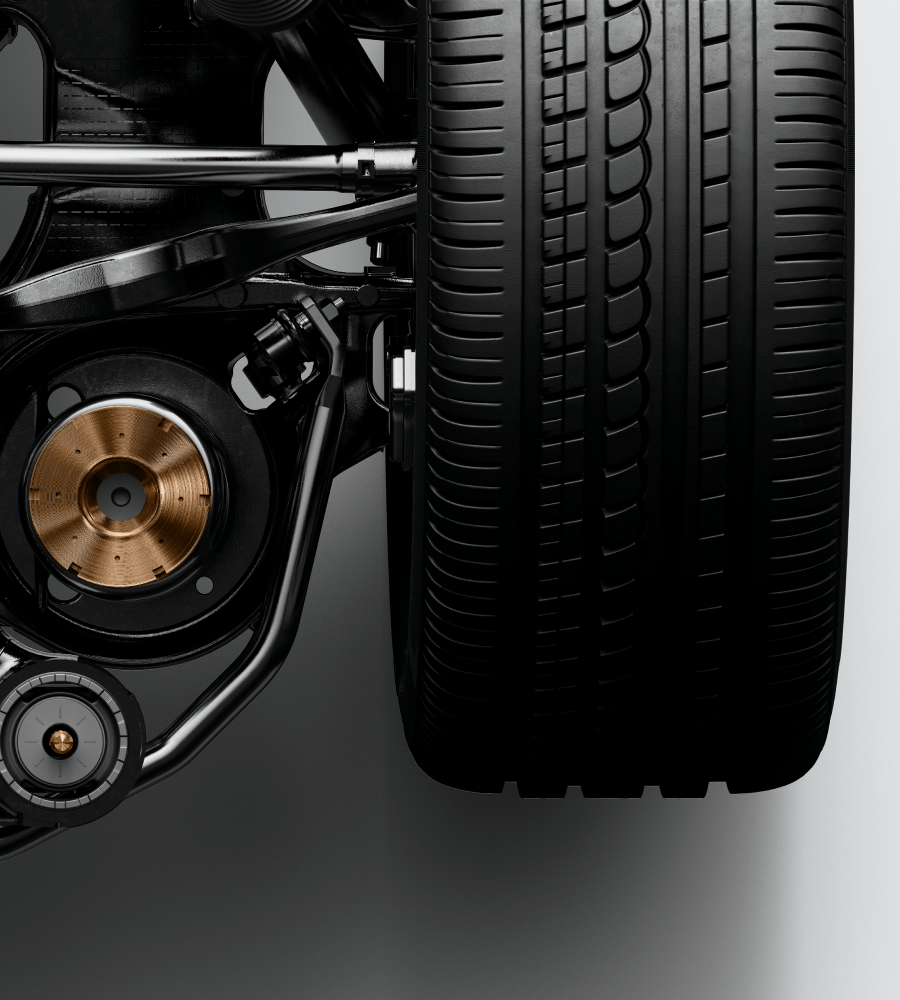
Polestar 4 life cycle
Manufacturing
Polestar 4 is produced at Hangzhou Bay in China. The Hangzhou Bay plant is a key component of our sustainability strategy, and is powered by 100% renewable electricity.
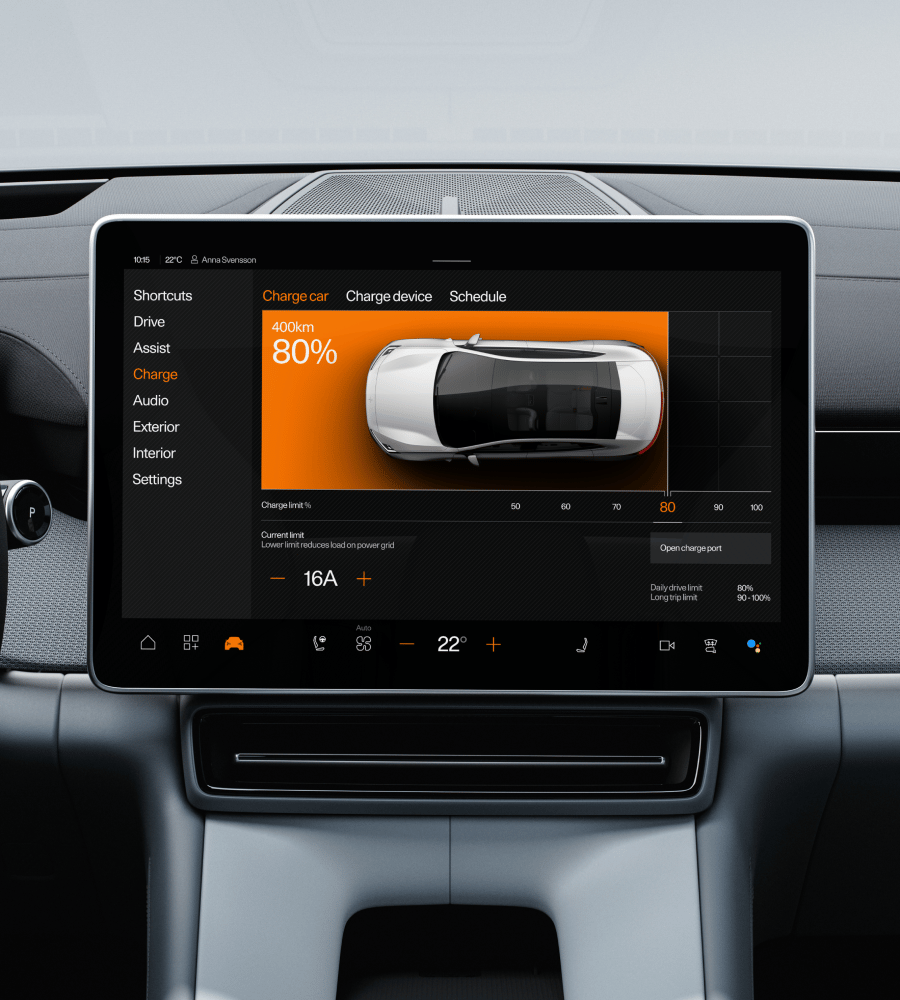
Polestar 4 life cycle
Use phase
On the road, Polestar 4 drivers can significantly reduce the car’s overall carbon footprint by charging it with renewable energy sources such as solar or wind.
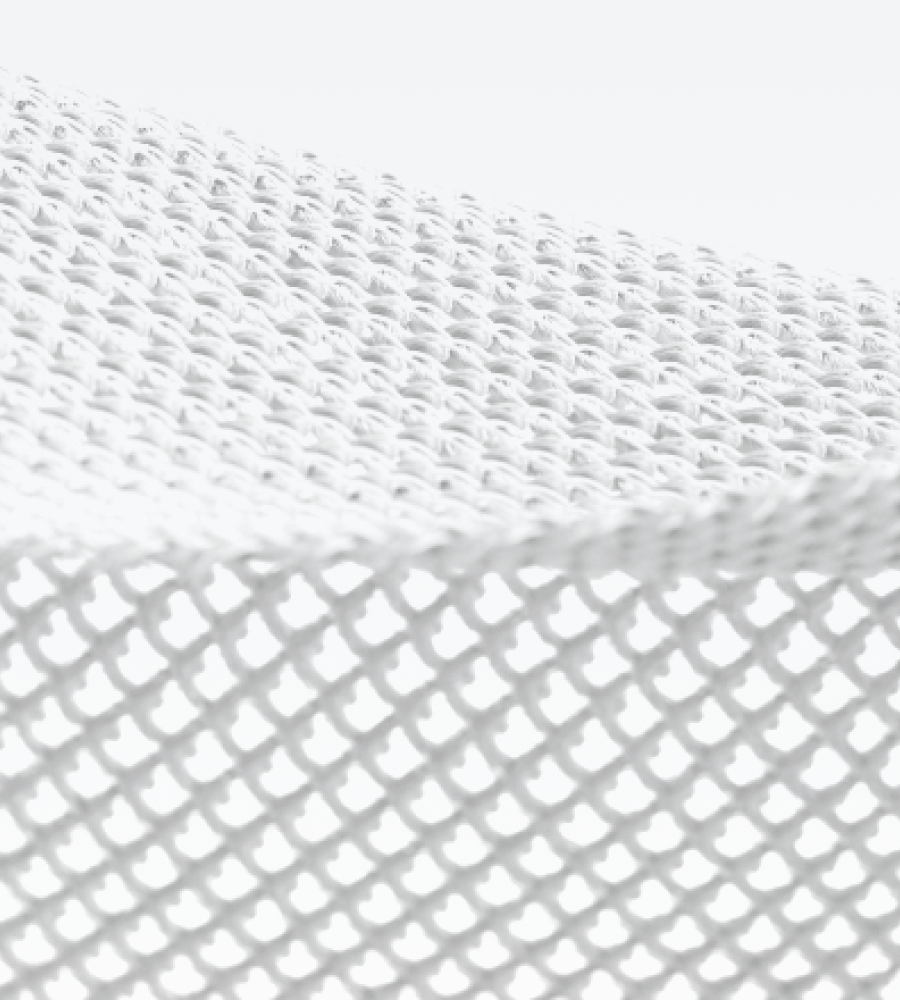
Polestar 4 life cycle
End-of-life
The vast majority of materials used to manufacture Polestar 4 are recyclable at the end of the car’s lifespan. Batteries can be dismantled and shredded into powder, allowing minerals to be recovered and reused in the manufacture of new batteries.
Cradle-to-gate carbon footprint
These figures represent the CO₂ᵉ emissions of Polestar 4 in the cradle-to-gate phase of the car’s life cycle.
Long range Single motor
- Materials production
- 11.8 t
- Battery modules
- 7.6 t
- Manufacturing and logistics
- 0.5 t
- Total
- 19.9 t
Long range Dual motor
- Materials production
- 13.3 t
- Battery modules
- 7.6 t
- Manufacturing and logistics
- 0.5 t
- Total
- 21.4 t
Carbon footprint proportions
This breakdown displays the contributions of each material to the cradle-to-gate carbon footprint of Polestar 4 (Long range Dual motor).
Battery modules
36%
Aluminium
24%
Steel and iron
20%
Polymers
9%
Electronics
6%
Other materials
5%
Circularity
Polestar 4 represents another step on the journey towards circularity. Some textiles are made using recycled materials, with others designed to be recycled at the end of their lifecycle.
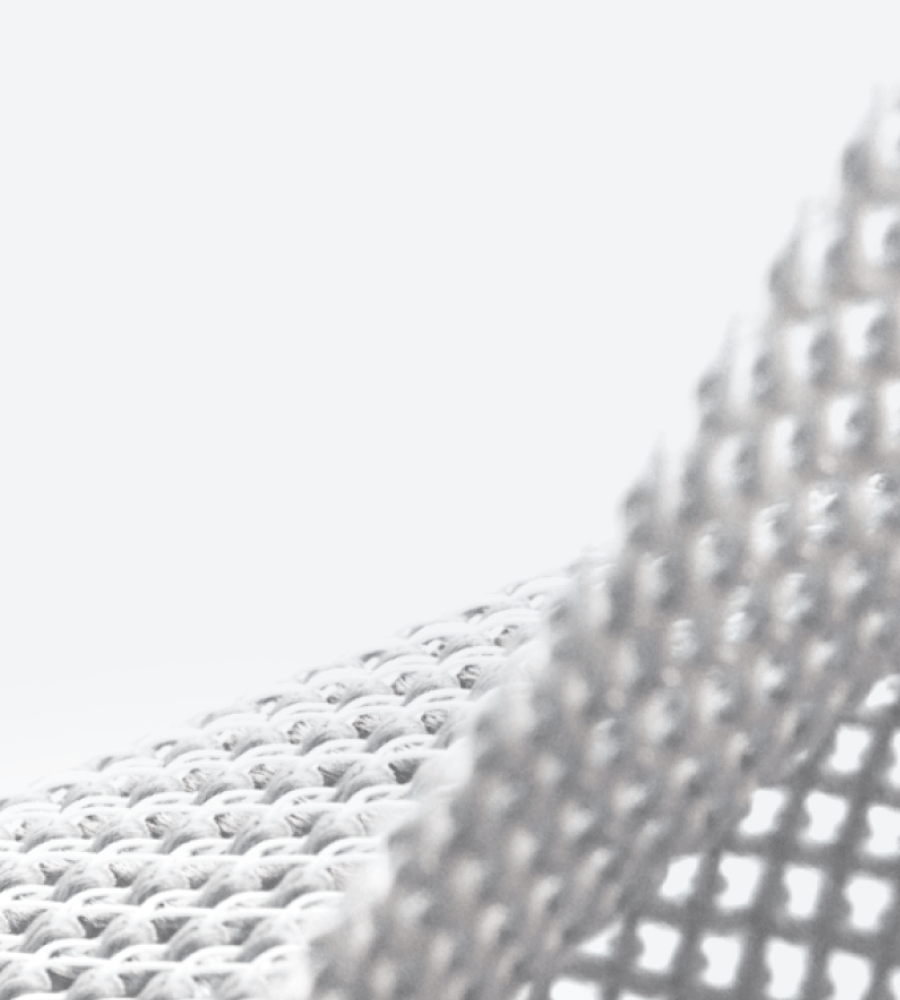
Material innovations
Tailored Knit
The yarn used in Polestar 4’s optional interior upholstery is made from 100% recycled PET bottles. Knitted to size, the fabric minimises waste without compromising look and feel.
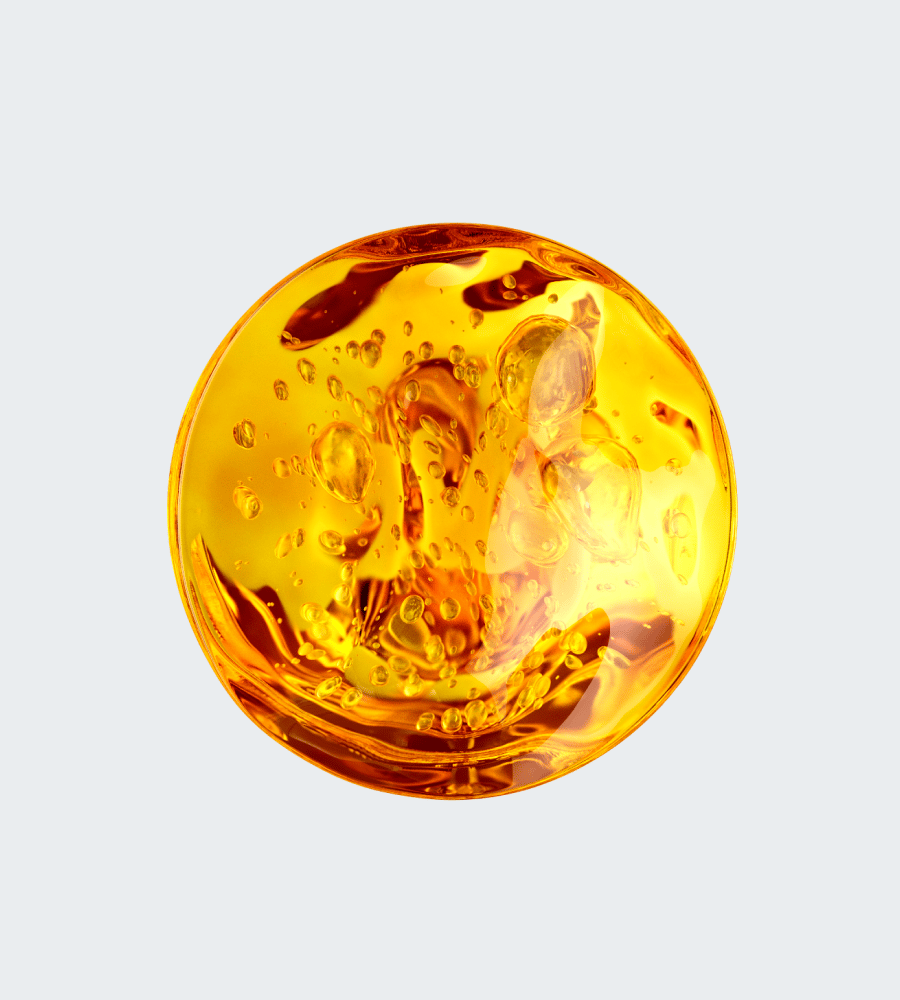
Material innovations
Bio-attributed MicroTech
Polestar 4’s optional interior upholstery uses a vegan alternative to leather. Bio-attributed MicroTech contains 25% bionaphtha, 14% recycled polyester textile, 33% plasticiser and 28% chlorine. The bio-attributed PVC (which makes up 53% of the MicroTech fabric) has 70% lower CO₂ emissions than conventional PVC.
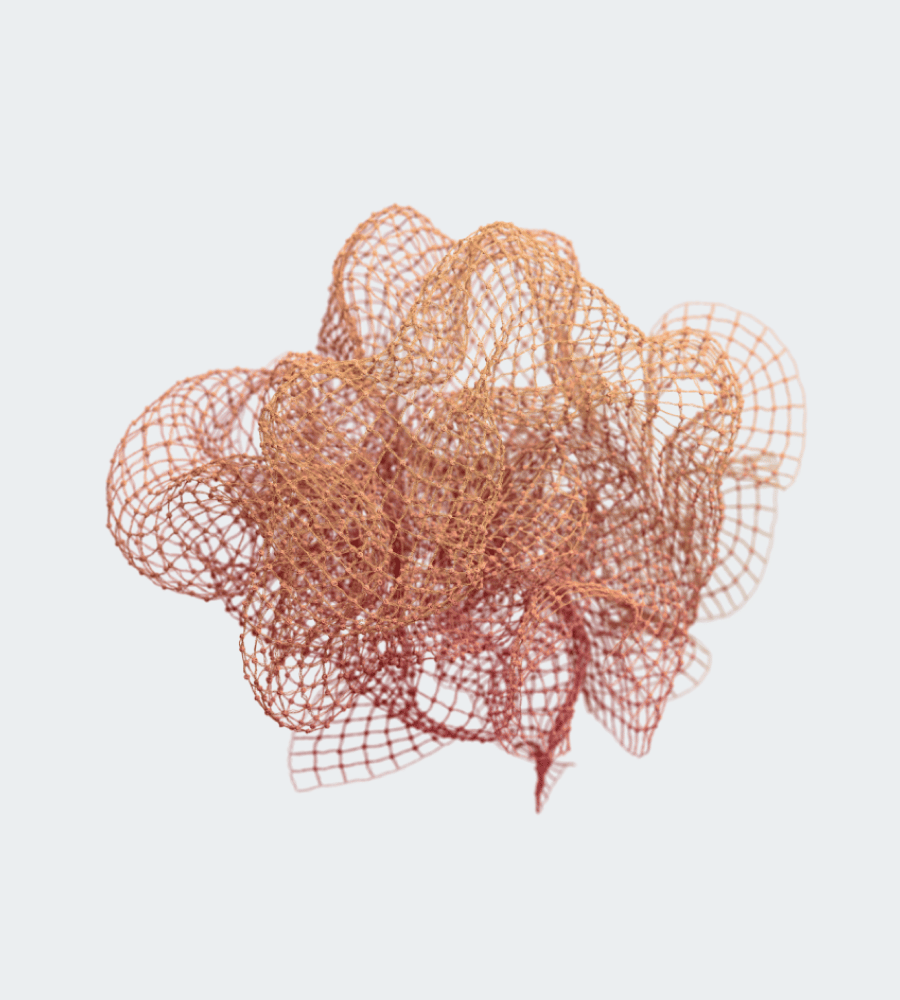
Recycled materials
Textiles and plastics
Reycled plastics have a variety of uses inside Polestar 4. For example, inlay carpets are produced using recycled PET mono-material, and base floor carpets include reclaimed fishing nets. We aim to make as many plastic parts as possible from recycled plastics.
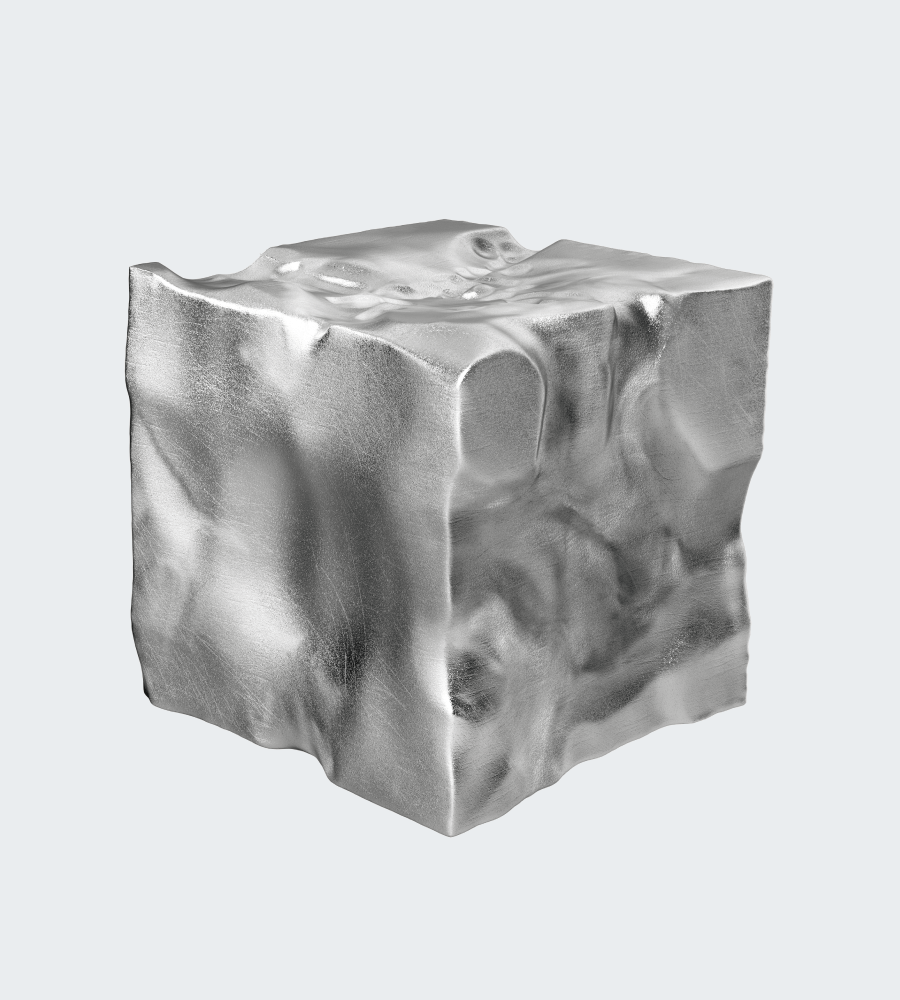
Recycled materials
Steel
Polestar 4 parts including the body, subframe, brake parts and seats make use of recycled steel from post-consumer and post-industrial waste.
Traced materials
Tracing raw materials is a major step towards achieving more responsible sourcing and production. We constantly assess the balance between quality, efficiency, and material use. While certain materials come with associated risks, they can lead to more durability or better performance and battery efficiency.
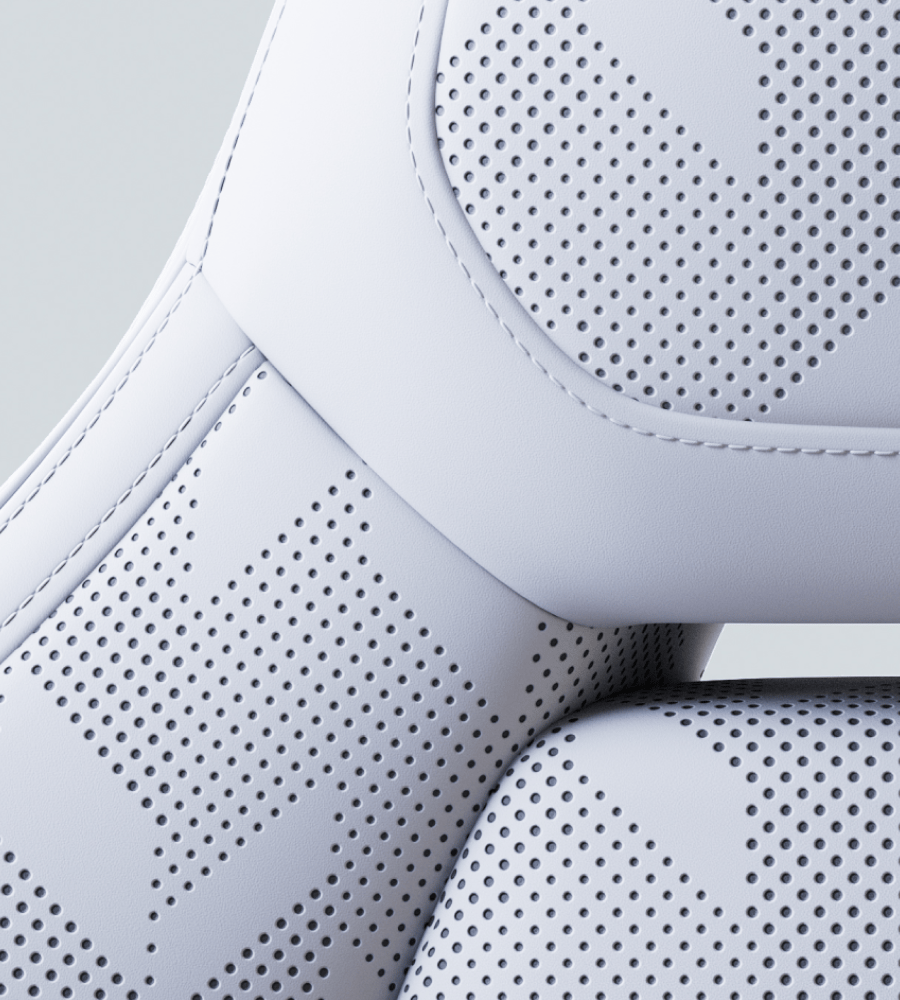
Nappa leather
Perforated Nappa leather upholstery is produced using hide from farms in countries that are independently rated by the Animal Protection Index as being of the highest global standard. It is chrome-free and traceable via a process that controls and monitors the farms and tanneries from which the leather originates.
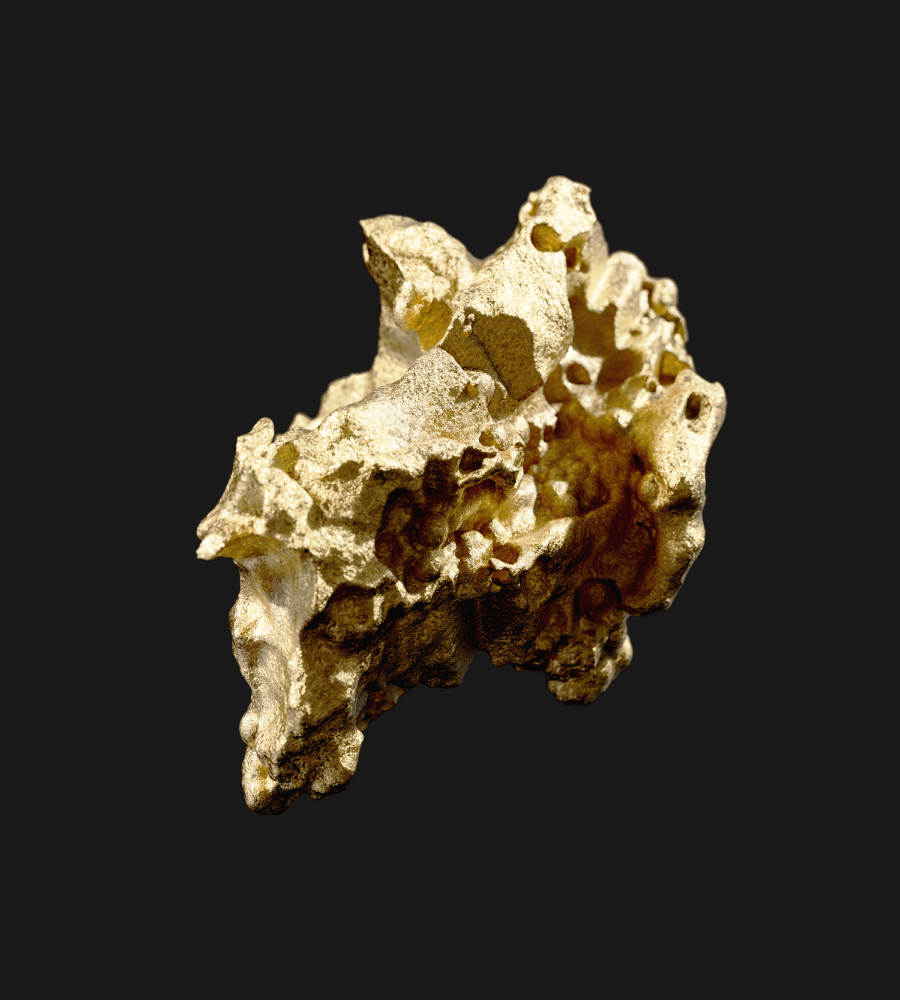
3TG conflict minerals
Tin, tantalum, tungsten and gold (3TG) are so-called conflict minerals with a wide range of uses in EVs. In politically unstable regions, the mineral trade sometimes finances armed groups, fuels forced labour and sustains corruption and human rights abuses. The 3TG minerals we use are traced via Conflict Mineral Reporting, which verifies that smelters conform with the Responsible Minerals Assurance Program (RMAP).
Polestar and sustainability
Polestar is determined to improve the society we live in, using design and tech to accelerate the change to sustainable, electric mobility. Find out more about what we’re doing, and how we’re doing it.
More about sustainabilityLearn more about Polestar 4
- Visuals are for illustrative purposes only.


